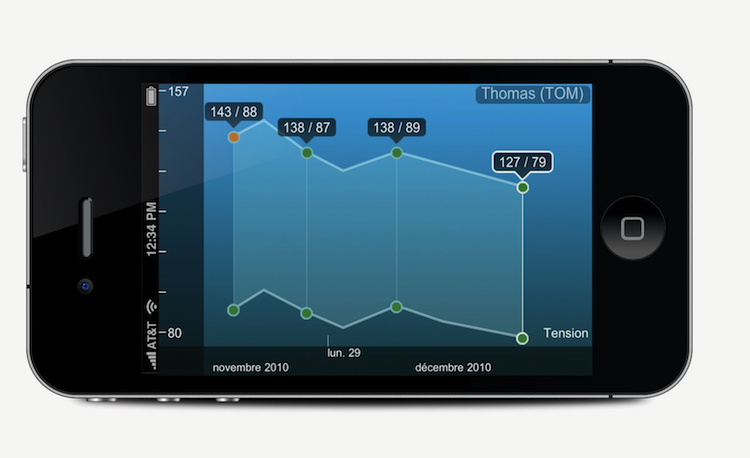
This is an excerpt from an upcoming article written by Bryan K. O'Rourke, MBA, that will be featured in the Gold's Gym Franchisee Association's digital magazine "The Voice".
As we enter 2011, the health club business, like many, faces tough times. Slow growth stands in contrast to a history of expansion. However, short term problems might ultimately serve to separate the capable from the unprepared. By adopting new business models and technologies, smart competitors will flourish while others struggle to survive. As economic conditions improve, the strategic minded club operator will be positioned to do very well and have the chance to wrestle away market share while potentially growing the industry overall. How will a promising future unfold in light of recent struggles? Here are some thoughts.
Economic Outlook Is Slowly Improving
Economic conditions are improving, albeit slowly. According to the November IHS Global Insight Economic Outlook Index, real GDP growth is forecasted at 2.2% in December through March of 2011, with 5 of 11 leading indicators being positive. While lending remains tight, funds are available for good credit risks. Despite slowly improving near term economic conditions, more important long term transformative factors are impacting the health club business along with other industries as technological advancements, changing consumers and new economic models create challenges and new opportunities.
New Business Models
Larger “budget club” formats like Equinox’s newly developed “Blink”, among others, reflect a further evolution of business models, offering monthly membership dues of as little as $10. Meanwhile new, hi-end, experiential and niche facilities such as Lifetime’s Lifepoweryoga, Soul Cycle, and Fitness Euphoria offer memberships for $80 or more per month with the option to pay for single sessions starting at $20. These more experiential facilities offer higher levels of membership engagement at a higher price point. Bottom line is these and other new models are generating positive ROI's and reflect evolving concepts and formats that will drive growth for the health club industry.
Technology
The bricks and mortar fitness industry is changing. Internet ubiquity, mobility and social platforms are changing the way business is and will be done in and outside of the four walls. The potential for engaging members and prospects using these technologies is unlimited. Solutions, like SCVNGR, Foursquare and others are already being used for marketing and brands like Gold’s, Equinox and others have launched sophisticated applications for their members. With online services and memberships growing, this is only the beginning of what is to come, as intelligent operators will use these technologies to interact with and service their existing and prospective members in new and exciting ways.
Wellness
While the popularity of fitness has increased substantially during the past several decades, the idea of illness prevention is a concept that national health policy can no longer ignore. With national health care costs topping $2.7 trillion in 2010, the health club industry by comparison represents less than a penny on each dollar spent on illness. This despite wide ranging research showing the benefits of exercise and diet in preventing most major chronic illnesses.
New monitoring technologies and health club services and programs offer an answer to the health care crisis. As health care costs become untenable, employers and the government are seeking prevention solutions. In a recent ground breaking decision Medicare began reimbursements for Pritikin’s intensive diet and exercise programs for qualifying individuals with a history or risk of cardiovascular events. Employers are also embracing wellness programs as a means to cap their exploding health care costs as well. This is a big business opportunity for health clubs.
Art Curtis, Chairman of IHRSA, recently called on the leaders of the health club industry to launch a comprehensive campaign that will improve our nation's health through positive personal behaviors and working closely with important stakeholders like government agencies, educators, the medical community and others. Art is right and many health club players will intelligently enter the prevention business in the years to come.
What Do You Think ?
Contact me, Bryan K. O'Rourke, and tell me "do you think the future for health clubs is promising?" Why or why not ? Read my upcoming article in the GGFA's "The Voice" to learn more on key trends around the future of the health club industry.















